Understanding Breeding and Genetics
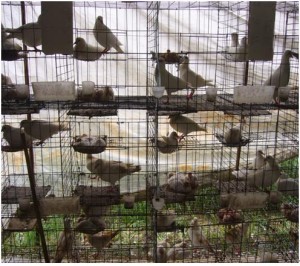 Breeding good racing pigeons can be accomplished without any knowledge of genetics. Just think; how would the stockmen of years gone by, who did not have an inkling of genetics, have bred their livestock? Theirs was a sharp eye, loads of commonsense and normal health practices that produced top class animals… in all species. So adept were they at their chosen task that individual breeds were created in every species of livestock and in all countries – for a specific purpose. Some to do a certain job, like guarding, shepherding, transport and so on whilst others were bred for their productivity of wool, milk, eggs or meat, or to be show cases and enhance home and property, and so on.
Breeding good racing pigeons can be accomplished without any knowledge of genetics. Just think; how would the stockmen of years gone by, who did not have an inkling of genetics, have bred their livestock? Theirs was a sharp eye, loads of commonsense and normal health practices that produced top class animals… in all species. So adept were they at their chosen task that individual breeds were created in every species of livestock and in all countries – for a specific purpose. Some to do a certain job, like guarding, shepherding, transport and so on whilst others were bred for their productivity of wool, milk, eggs or meat, or to be show cases and enhance home and property, and so on.
Dogs, horses, sheep, cattle, poultry and pigs lived in very close harmony with man and each species was developed into breeds that best satisfied the needs of man. Jack Russells, Irish Wolfhounds, Bulldogs, Sheepdogs were all working dogs, Shires and Percherons were huge draught horses, Thoroughbreds were race horses, sheep were either bred for their wool or mutton, cattle for their milk, beef or dual purpose and pigs were refined to best adapt to the vicissitudes of the country in which they were raised. Species were also changed to accommodate the need for aesthetics and beauty in man and many fowl, pigeon, rabbit and animals became sought after show specimens.
Homing pigeons were kept for their meat and fertilizer or used as message carriers. A few meat-producing varieties were produced in different countries but these have today mainly relinquished their original purpose, though a few breeds are still kept for showing purposes. At the same time different breeds of pigeons evolved to fulfill man’s need for pastime pleasures and many fancy varieties were produced.
As the world becomes ever smaller, remote villages are found in faraway places where special breeds, totally different from anything in the Western world, are discovered. So much so that the estimate of pigeon breeds alive today stands in excess of 700.
When, in the last 150 years, messenger pigeons were slowly turned towards their new role – that of racing – specialization became a serious pastime. Sandwiched in the annals of history between homing pigeons and later racing pigeons, were the fantastic feats achieved during the various wars as pigeon messengers defied enemy fire and delivered their precious dispatches. Some messages were of victory, some of defeat but the most famous of them saved the lives of many combatant soldiers. 32 VC medals for bravery were won by pigeons during the World War II and well-deserved they were too.
Pigeon breeds were kept for a variety of acrobatic and other flying specialties and all these animals, all bred purely for man’s pleasure and/or profit were produced and formed into breeds by stockmen who used basically just one action; that of selection.

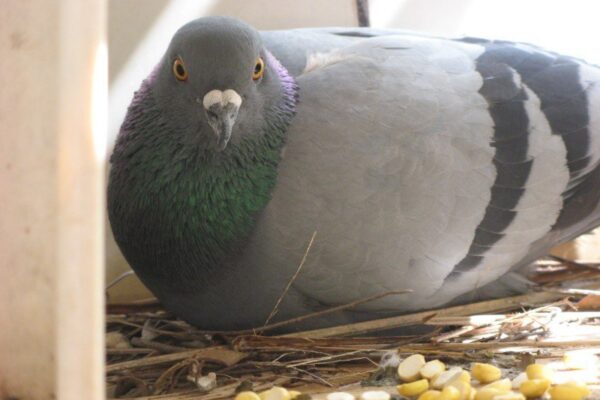

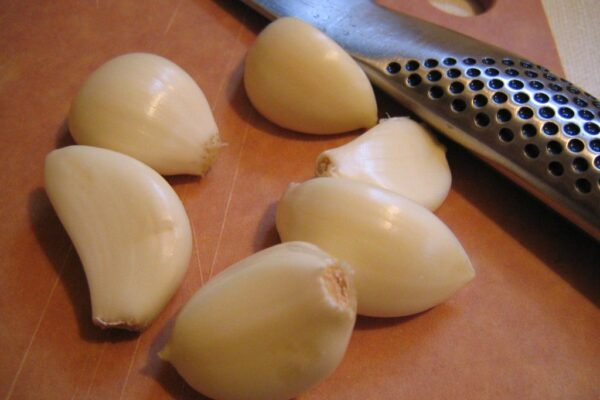
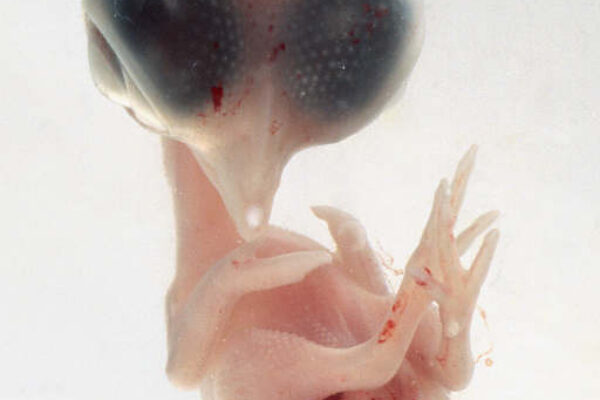
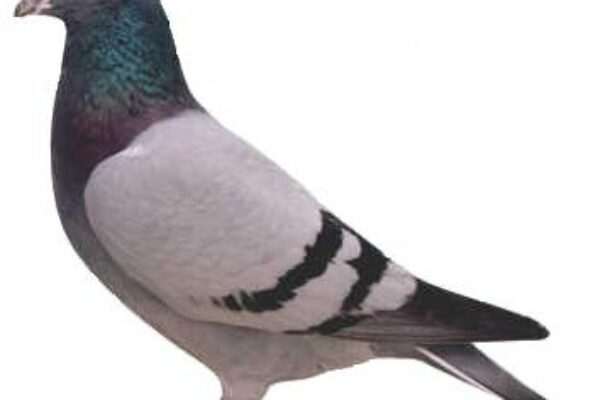


Efectivamente, la Selección es hoy por hoy una de las mejores herramientas genéticas que se puede utilizar para el mejoramiento de las diferentes especies domesticas, en nuestro caso…el de las palomas mensajeras, existen varios caracteres que tendremos que seleccionar, entre de ellos: la velocidad, la orientación, tipo de pluma en las alas, conformación corporal, etc. Asi que tenemos un buen trabajo por realizar en el futuro.
Saludos Chris.
the pigeon